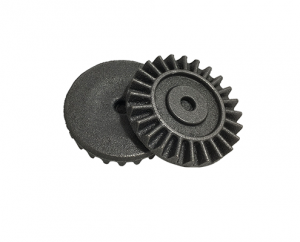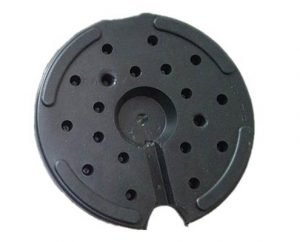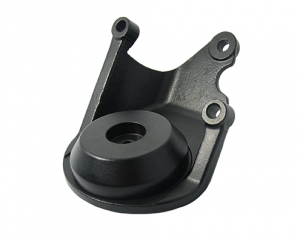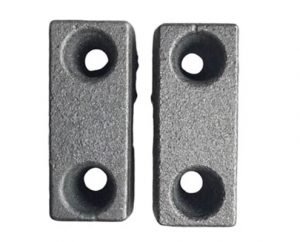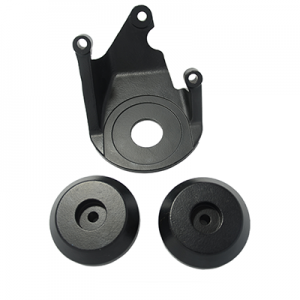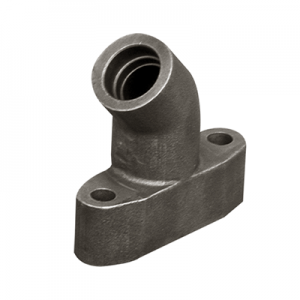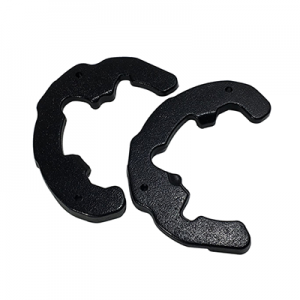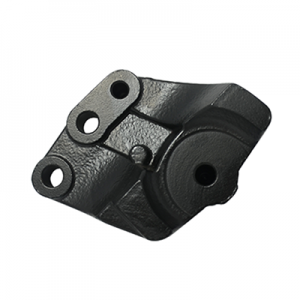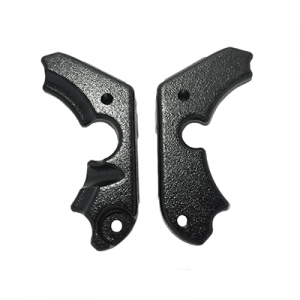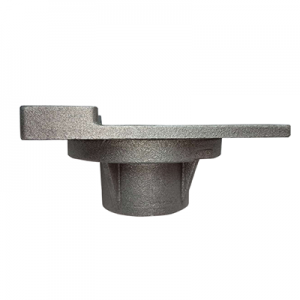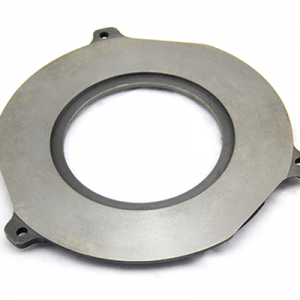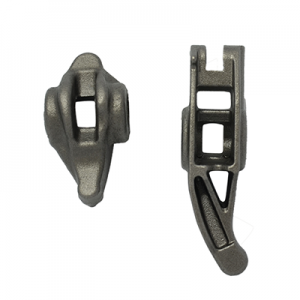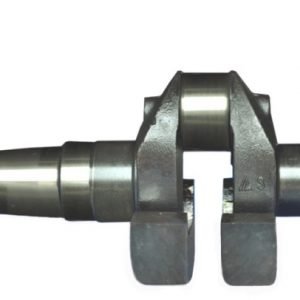For cast iron products, buyers usually evaluate the supplier’s price level based on the price per pound of cast iron.
The price per pound is related to many factors, such as iron material, casting unit weight and size, design complexity, casting production process, painting requirements, machining workload and annual demand. Today, we will give you a detailed explanation of these factors affecting prices. Please note that the following prices in USD/lb are only EXW, and do not include coating, packaging and inland transportation costs. As for the updated cast iron price, please check our website.
If you want to know the price per kilogram or ton of rough cast iron, please refer to our “SIMPLE CAST IRON PRICE“.
The following price list is only a rough estimate of the cost of cast iron.
| Iron Materials | Casting process | Cast iron cost (USD/lb) without machining | Machining cost (USD/lb) if necessary |
| Gray iron | Green sand | 0.58 to 0.61 | 0.07 to 0.14 |
| Resin sand | 0.65 to 0.69 | 0.07 to 0.14 | |
| Shell molding | 0.72 to 0.76 | 0.07 to 0.14 | |
| Ductile iron | Green sand | 0.64 to 0.67 | 0.07 to 0.14 |
| Resin sand | 0.71 to 0.74 | 0.07 to 0.14 | |
| Shell molding | 0.75 to 0.79 | 0.07 to 0.14 |
Green sand moulding
This kind of production process is very common. Suitable for the production of iron castings with a unit weight of 1 – 700 pounds. The structure is relatively simple, and the requirements for surface quality and casting defects are not high.
Resin sand moulding
Due to the use of furane resin material, this casting process is more expensive. It is suitable for the production of iron castings with a unit weight of 200 – 5000 pounds. The structure is more complex, the surface quality is good, and the casting defects are less.
Shell sand molding
This casting process is even more expensive. It is suitable for the production of iron castings weighing from 1 – 100 lbs. It can produce castings with very complex structures, dimensional tolerances and high surface quality.
In addition, the following factors will also affect the price per pound of cast iron:
1. Unit weight
If the weight of each piece is too small (less than 1 pound), then the price per pound will be very high. Because it will cause more additional materials and cleaning work.
2. The complexity of castings
If the internal structure of the external structure is very complex, which means that there are more sand boxes and sand cores. This will lead to a higher price.
3. Material grade
For low and medium grade cast irons, such as GG15, GG20, GG25, GGG40, GGG50, the price of their castings will be very close. Meanwhile, for high grades, such as GG30, GG35, GGG60, GGG70, GGG80, the price will be higher. Because they require heat treatment and higher technical requirements.
4. Processing cost
If the processing requirements or workload are high, the processing cost will be higher than that listed in the above table. Of course, if the machining volume is small, the machining price will be relatively low.
5. Painting requirements
Ordinary flat primer is the cheapest. Meanwhile, smooth primer and smooth topcoat are expensive. Of course, if you need galvanizing, electrophoretic paint or other surface coatings, the price will be much higher than normal.
6. Annual demand
This is also an important factor affecting prices. If the annual demand is large, such as more than 100 tons per year, the price will be better. But if the annual demand is small, the price will be relatively higher than the normal level.
The following castings are produced by YIDE Foundry in China, and the price is settled in USD/lb.
